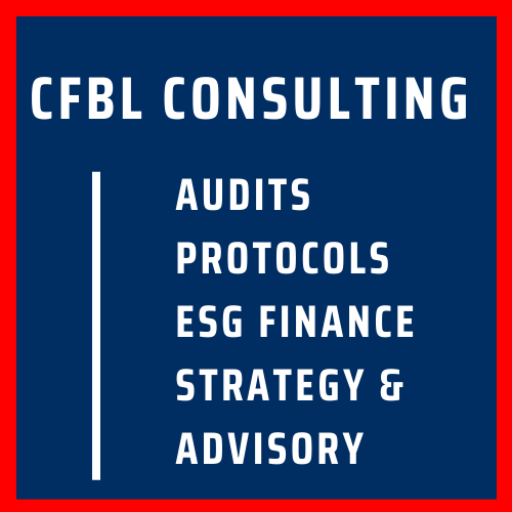
UK construction sector recovery and challenges 2024
The UK construction industry continued its upward momentum in August 2024, marking the sixth consecutive month of growth, despite slight reduction in growth. The S&P Global UK Construction Purchasing Managers’ Index (PMI) registered at 53.6, is a slight dip from July’s 26-month high of 55.3 but still well above the 50.0 threshold that signals growth. This reading underscores solid recovery in construction activity, which has remained steady following the sector’s challenging start to 2024.
Employment Trends and Forecast
One of the notable aspects of August’s performance was the stagnation in employment. Amid cost pressures, several businesses have decided to delay hiring, particularly in replacing vacant positions. This marks a shift from previous months when employment figures had risen. Despite this, sentiment within the sector remains buoyant. In a survey by who, half of the respondents expect construction output to rise in the coming year, while just 9% forecast a contraction, reflecting broad confidence in near-term demand conditions.
Commercial Sector Leading Performer
The commercial sector remained the leading performer with an index reading of 53.7, though this marked its slowest growth since March. While the post-election surge in demand has eased, businesses continue to report increased sales inquiries and new orders. Civil engineering, on the other hand, saw a more modest expansion at 51.8, significantly weaker than in July, indicating a reduction in infrastructure projects.
Residential construction was the bright spot of the month, with activity accelerating to its highest level since September 2022. The segment posted a 52.7 index score, reflecting robust growth in housebuilding, driven by improving market conditions and more favourable borrowing costs. This resurgence is a welcome development for the housing sector, which had faced headwinds earlier in the year.
New Construction Projects and Economic Confidence
August witnessed a significant rise in new construction projects, with the expansion rate surpassing the average pace seen in the first half of 2024. Businesses attributed this growth to a more stable domestic political environment and improving economic conditions. Strengthening order books and a healthier sales pipeline helped bolster confidence in future activity.
This optimism is reflected in the broader business outlook, with a large portion of the industry expecting higher output next year. Confidence levels are notably more positive compared to the same period last year. However, there are ongoing concerns about the potential effects of public sector budget constraints and the longer-term outlook for infrastructure investments.
Workforce Strategy and Cost Pressures
August’s data also indicated that staffing levels remained largely unchanged, putting an end to the three-month streak of employment growth. In a notable development, the use of subcontractors declined for the first time since January, reflecting shifting workforce strategies. Some firms reported difficulties in finding suitable candidates to fill roles, while others cited rising wage costs as a deterrent to expanding their workforce.
Tim Moore, Economics Director at S&P Global Market Intelligence, highlighted that the industry seems to be finding its footing again after a challenging start to the year. He pointed to the significant uptick in residential construction, driven by easing borrowing costs and improving market conditions, as a key development in August. He also noted the resilience of the commercial building sector, which continued to benefit from a stronger economic backdrop, despite the waning impact of post-election demand.
Opportunities and Challenges
The outlook for the UK construction industry remains cautiously optimistic. Strengthening sales pipelines and an increase in new project are anticipated to support a broader recovery in the coming months. However, there are ongoing concerns about public sector spending, especially with potential cuts in infrastructure investment as the government finalises its autumn budget.
Brian Smith, Head of Cost Management at Aecom, emphasized that while the summer months have been positive for the sector, challenges lie ahead. He pointed to the potential impact of planning reforms and the government’s new housebuilding program, which could provide a fresh impetus to the industry. However, he also acknowledged the risk posed by anticipated cuts to government spending, which may place pressure on the sector as autumn approaches.
While UK construction sector has shown resilience in the face of cost pressures and labour constraints, it must navigate a complex landscape of public and private sector dynamics to sustain recovery in the latter part of 2024.
Sources
